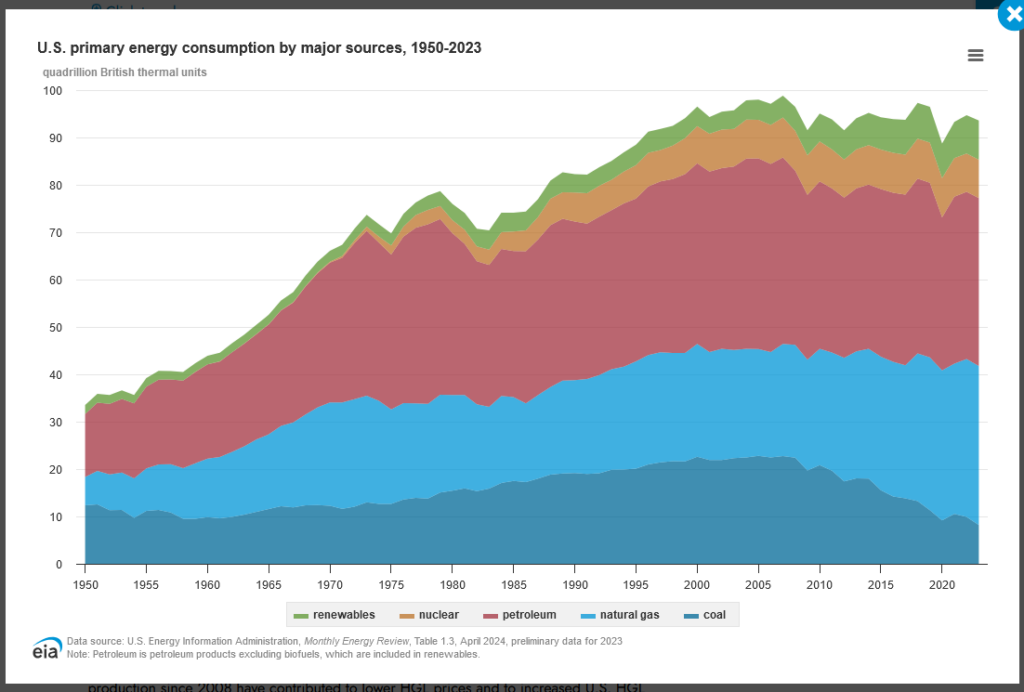Book review: Kaput: The End of the German Miracle
According to former Financial Times’ journalist, Wolfgang Münchau, Germany’s economy would be Kaput.
How could that be? After all, Germany has long been a world champion in manufacturing, especially for motor vehicles, chemicals, and machine equipment, and Europe’s leading economy.

“Speicherstadt” District in Hamburg, Germany.
Photo by Claudio Testa on Unsplash






 The Federal Reserve data release (
The Federal Reserve data release (





